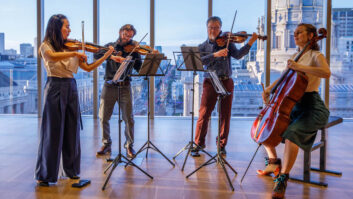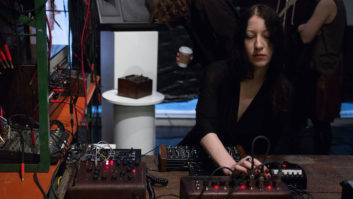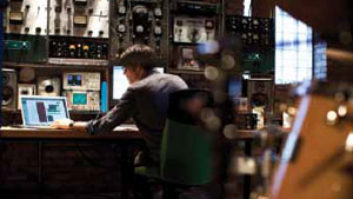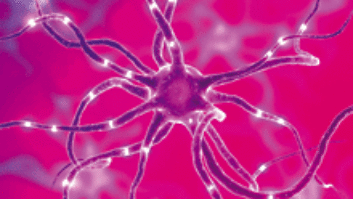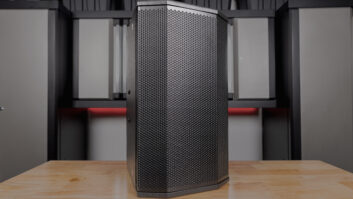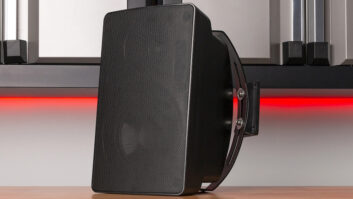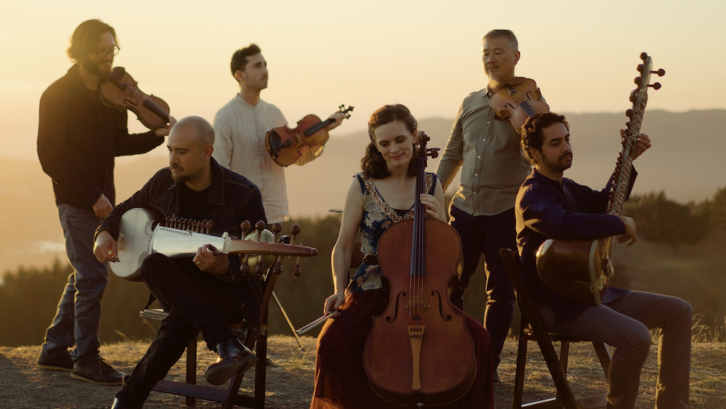
In music, as in life, two seemingly opposing perceptions can often be true. We have all listened to the outcome of a project that sounds so magnificently seamless, flowing in an almost simplistic sonic bliss, while at the same we are aware of the unparalleled complexity of its conception, performance and production.
So it was with The Resonance Between, a courageous, innovative, cross-cultural collaboration between Alam Khan, Arjun K. Verma and Del Sol Quartet.
Talks among the artists began back in 2018, followed by a submission for a Bay Area Creative Work Fund Grant on the basis of their multicultural and mixed-race background, along with the rich musical lineages that would form the foundation for a groundbreaking collaboration between Western and Indian musical traditions. They received the grant, which required a public performance, but when Covid struck, the collaborators decided to fulfill their obligation by pivoting from the stage to the studio.
GETTING THE BAND TOGETHER
Alam Khan, a sarod player, is steeped in the true ancestry of Indian music. In the early 1900s, his grandfather, Allauddin Khan, established the Maihar band, which was largely made up of orphans who had been displaced from Bangladesh. He taught the children the tradition of Indian ragas, and at the same time trained his son, Ali Akbar Khan, on the sarod, and Ravi Shankar on the sitar. The late Ali Akbar Khan carried on the tradition, starting the Ali Akbar College in San Rafael, Calif., where Alam Khan today teaches advanced instrumental classes.
Even with that background, The Resonance Between, Khan says, is actually more classical than some of the other projects he has done recently. “It took me a long time to get to that place. I was a purist for many years, and about 15 years ago, I began to choose collaborations with some artists I really respected,” he explains, noting the 2011 Tedeschi Trucks Band album, Revelator, which won a Grammy for Best Blues Album.
Verma says Khan is like a big brother, as they first met when he was just eight years old; his own father, the notable sitarist Roop Verma, was a student of Khan’s father in India in the ’60s. Verma’s father began teaching his son the sitar; later, Verma became a student at Khan’s father’s school. It seemed only logical that the two younger musicians would come together for a thoughtful integration of Western harmony and raga.
Natalie Merchant Returns to the Road
“We’re both mixed race,” Khan points out. “There’s an Indian classical world, there’s a Western world. Where’s our world? It’s somewhere in between—so speaking from that world between worlds, if you will, when we were young, there were not a lot of people to look up to who were mixed race. I’d like to be a voice for that as I get older. There are a lot more people who are being born today mixed race.”
Khan, the project’s primary artist/composer, is more of the “big picture” person, while Verma tends to be more detailed. For this project, they brought in Jack Perla to arrange the MIDI compositions and flesh them out as parts for Del Sol Quartet, which would soon join the two.
Engineer Neil Godbole, owner and operator of Airship Laboratories in the San Francisco Bay Area, began working with Indian instrumentation in 2015. He has collaborated with Khan and Verma on their various solo records, and was tapped to engineer, produce, mix and master The Resonance Between, with much of the actual communication taking place over Audiomovers and Zoom.
To get started, Khan and Verma sent Godbole rough demos, with their parts recorded at home and including mocked-up MIDI strings. The intent was to first establish a clear identity and consistency of sound, as the sitar can tend to overpower the sarod.
They then started looking for a quartet that would be able to handle just temperament and just intonation, which was extremely important in order for Western instrumentation to accommodate the tuning style of traditional classical Indian music. For Godbole, one of the major accomplishments of the work was to produce a record entirely in just temperament.
“Indian classical instruments have an overtone sequence because they have resonant strings, so when you hit a note, extra strings ring out in sympathetic vibration,” the engineer explains. “Melodyne has a few modes for pitch correction, namely monophonic or polyphonic. In polyphonic mode, Melodyne breaks up the audio information into its various tones and resonances, so separate aspects of the polyphony of a sound source can be edited—like a chord into its constituents. Because these instruments have some competing overtones, we wanted to be able to adjust the overtones, but not necessarily the normal fundamental polyphony. There is a drawer in Melodyne where pitches much higher up are usually grayed out and not adjustable. We found we can make Melodyne show us these extra overtones that normally aren’t part of the detection/correction process, and just lower the volume, or adjust the pitch, of these.
“This is especially useful for Indian classical instruments that have Chikari (resonant/ sympathetic strings), which can ring out quite loudly. This allowed us to get control of these resonant strings and allow them to play well with the quartet without dominating them— yet still keep the fundamental tones of the instruments intact.”
